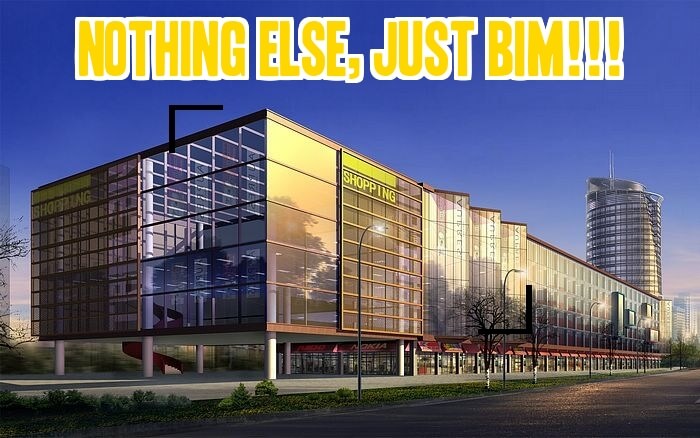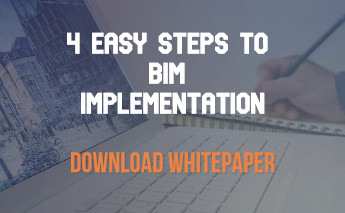|
Getting your Trinity Audio player ready...
|
BIM, more than a 3D CAD tool, is a strategic management process. It is actually a holistic approach to the design, management and construction of facilities within the built environment. It incorporates a fully coordinated 3D BIM model with the associated information essential to mitigate and resolve issues that may occur throughout the building life-cycle from conception to facilities management.
BIM modeling could change the long history of low procurement performance and obtain a poor value for money by reducing capital cost from the construction and operation of the built environment by 20%. BIM is an intelligent model-based process, which provides a highlight to help you design, plan and manage buildings and infrastructure. It is changing how buildings, utilities and infrastructure are planned, designed, built and managed.
Just like any other technological development, BIM modeling also opens up new avenues for design. Its 3D bim modeling function enables complex shapes and the ability of the software to handle sophisticated calculations allow more daring designs. While CAD computerizes a single activity while leaving macro processes largely intact, BIM can change everything.
Time and money are the most precious factors in any business and things are not different in the construction industry as well. If BIM is used properly, we can cut project time and thereby energy use and cost. BIM minimizes the waste of materials during construction and building management and thus assists in sustainable demolition. It can also reduce the use of energy over a building’s life.
Even though BIM modeling boosts construction industry, the complete benefits could be achieved only with the close collaboration of designers, architects, engineers, contractors and owners. If one member of a project team uses BIM and the others stay with the old traditional methods, the benefits will be limited. Interaction of firms and disciplines only through the exchange of construction documents just won’t do anymore.
Once the system is sufficiently streamlined, BIM has the potential to become the information backbone of a whole new industry. There is no doubt that it will become the DNA of future construction industry.



Leave a Reply